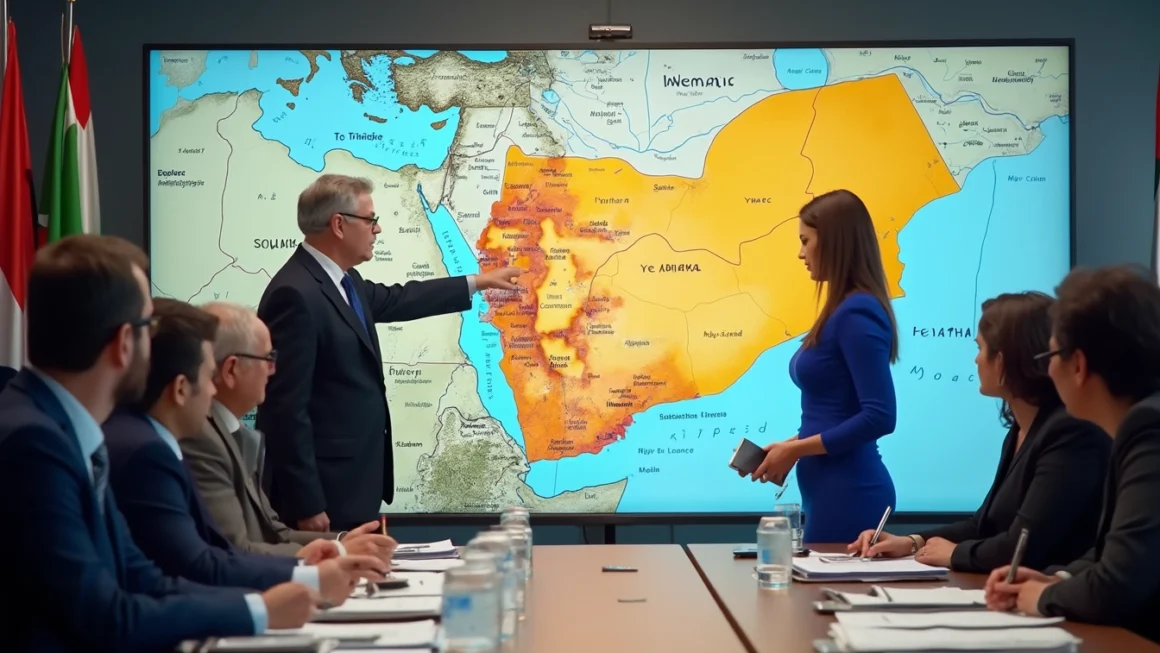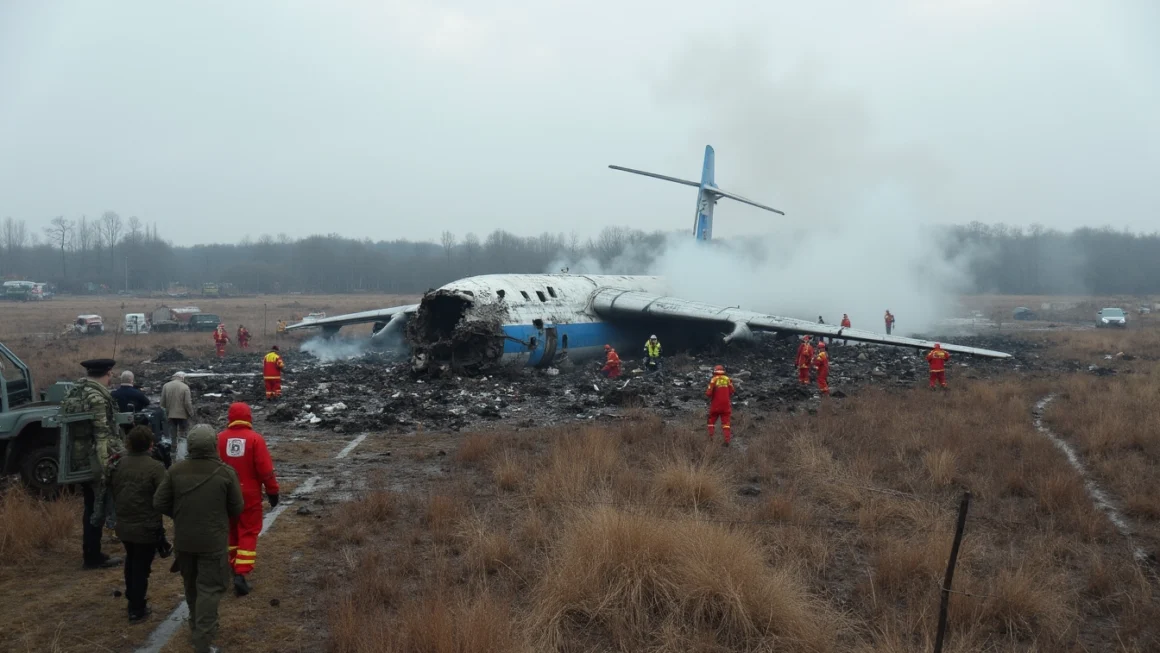Understanding the Current Situation in Yemen
Table of Contents
The ongoing conflict in Yemen has drawn global attention, yet the complexities involved often leave many in confusion. This article seeks to demystify the situation by exploring the key elements of Yemen’s turmoil, examining the role of international actors, and assessing potential pathways to peace.
The Historical Context
To truly understand Yemen’s crisis, one must consider the historical context. Yemen, a country with a rich cultural history, has long struggled with internal divisions and power struggles. Historically, the north and south of Yemen have experienced periods of conflict and unification, contributing to today’s fractured political landscape.
Political Structures and Divisions
Yemen’s political structures have often been comprised of various factions, each with its agendas and visions for the country’s future. The current conflict primarily involves the Houthi rebels and the internationally recognized Yemeni government, creating a deep-seated division that complicates peace efforts.
The Role of Regional Powers
Regional powers such as Saudi Arabia and Iran play a significant role in Yemen’s conflict. Saudi Arabia entered the war in support of the Yemeni government, while Iran’s involvement is often accused of backing the Houthi movement. This external influence adds layers of complexity to the internal political dynamics.
Impact of External Alliances
The alliances between local factions and regional powers have led to an intensified war, with each side receiving external support in terms of arms, funding, and tactical advice. These alliances often shift, making the conflict unpredictable and prolonging the pathway to peace.
Humanitarian Consequences
The impact of the conflict on Yemeni civilians has been catastrophic. Millions are suffering from food insecurity, and access to basic healthcare is severely restricted due to the destruction of infrastructure and continuous fighting. The humanitarian crisis remains one of the worst in the world.
Efforts to Alleviate the Crisis
Several international organizations and NGOs are tirelessly working to provide relief to those affected. Initiatives focus on delivering food aid, building shelters, and offering medical care. However, the insecurity often hampers these efforts, underlining the need for a lasting political solution.
Pathways to Peace
Achieving peace in Yemen requires addressing both local grievances and regional power dynamics. International diplomatic efforts, such as those led by the United Nations Security Council, have been crucial in facilitating dialogue between the warring factions.
Possibilities for Future Resolution
While a resolution seems distant, there are glimmers of hope. Ceasefires, though often short-lived, provide an avenue for negotiation. To ensure lasting peace, Yemeni leaders must prioritize national reconciliation and foster inclusive governance that addresses the needs of all Yemeni people.
Conclusion
Yemen’s situation is a testament to the complexities of modern conflicts, where local issues intertwine with global politics. Understanding the conflict in Yemen goes beyond acknowledging the immediate violence; it involves recognizing the historical, political, and humanitarian layers involved. As the international community continues its efforts, there is an urgent need for a collaborative approach that paves the way for lasting peace. For more insights into international strategies and developments, explore the portfolio website to discover diverse perspectives and innovative solutions.
Explore innovative solutions and perspectives




